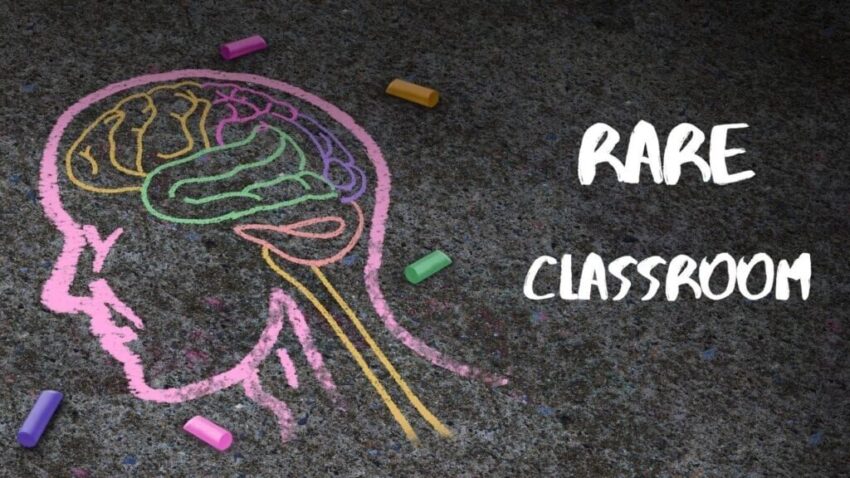Welcome to the Rare Classroom, a new series from Patient Worthy. Rare Classroom is designed for the curious reader who wants to get informed on some of the rarest, most mysterious diseases and conditions. There are thousands of rare diseases out there, but only a very small number of them have viable treatments and regularly make the news. This series is an opportunity to learn the basics about some of the diseases that almost no one hears much about or that we otherwise haven’t been able to report on very often.
Eyes front and ears open. Class is now in session.
The rare disease that we will be learning about today is:
Stickler Syndrome
What is Stickler Syndrome?
- Stickler syndrome is a group of disorder that impact the formation of connective tissues.
- Collagen more specifically is impacted by Stickler syndrome
- The syndrome results in distinctive impacts to the facial features and other parts of the body
- There are multiple variants of Stickler syndrome, which are primarily distinguished by which gene is impacted
- The disease was first studied by Gunnar B. Stickler in 1965, a German-American pediatrician.
How Do You Get It?
- There are multiple genes that play a role in the formation of collagen, and mutations impacting them are believed to be responsible for Stickler syndrome
- The most common genes affected include COL2A1 (75% cases), COL11A1, and COL11A2
- In some cases, the impacted gene is unclear
- The disease is usually passed along in an autosomal dominant form, meaning that a patient has a 50% chance of passing down the disease
What Are the Symptoms?
- Signs and symptoms of Stickler syndrome include:
- A flattened facial appearance, the result of underdeveloped facial bones
- Large tongue
- V or U-shaped palate
- Extreme near sightedness
- Ocular hypertension
- Cataracts
- Hearing loss
- Scoliosis
- Joint pain
- Bone abnormalities
- Low stature
- Arthritis
How Is It Treated?
- There is no cure for Stickler syndrome. Treatments for the disorder are primarily symptomatic and supportive
- Oral and maxillofacial surgery may necessary in some cases
- Speech therapy, special education, occupational therapy, and physical therapy are often needed
- Corrective lenses and hearing aids are common to account for vision and hearing problems
- Spinal bracing and similar forms of skeletal support are also used
Where Can I Learn More???
- Learn more about this disease from the Marfan Foundation.
- Check out our cornerstone on this disease here.



